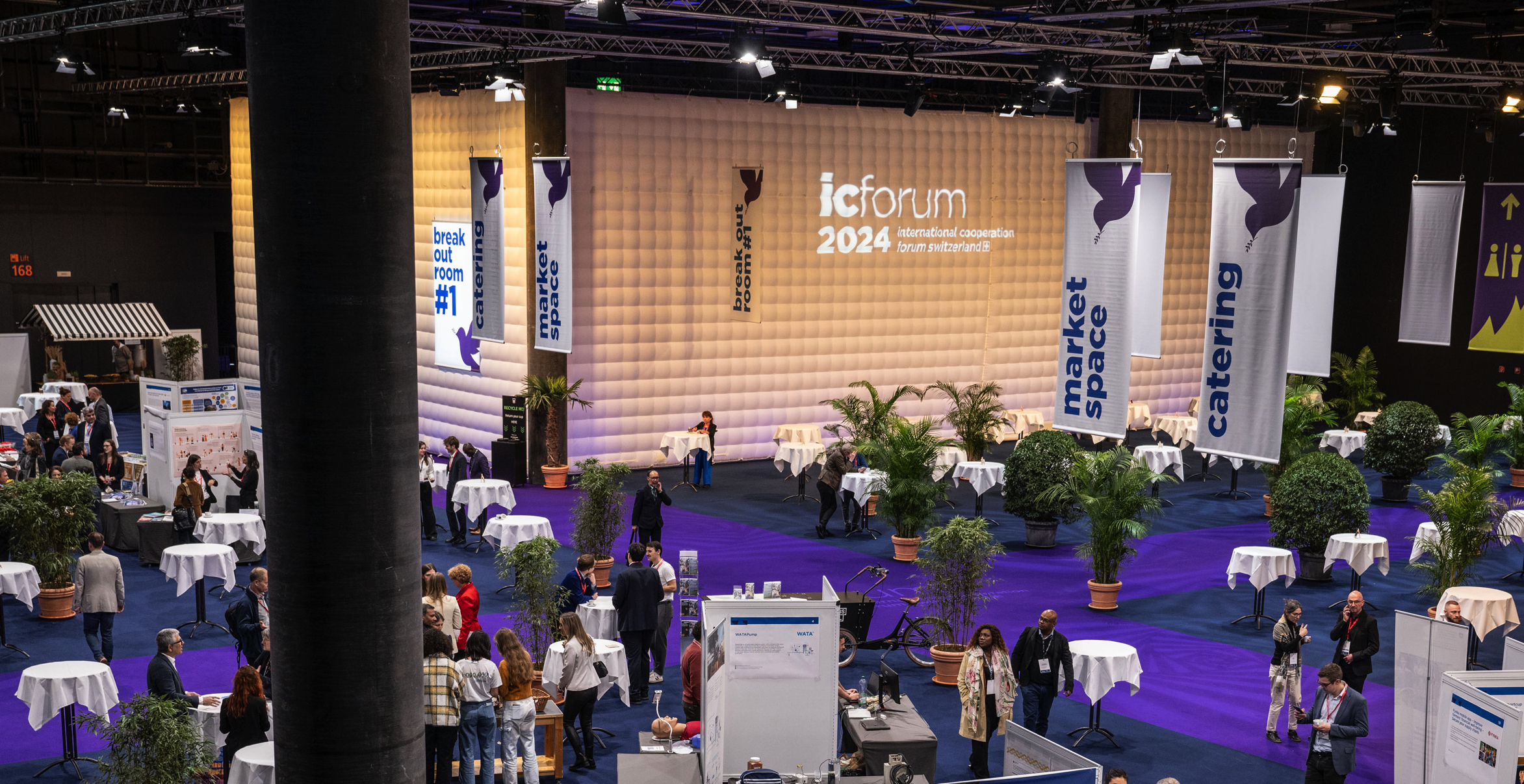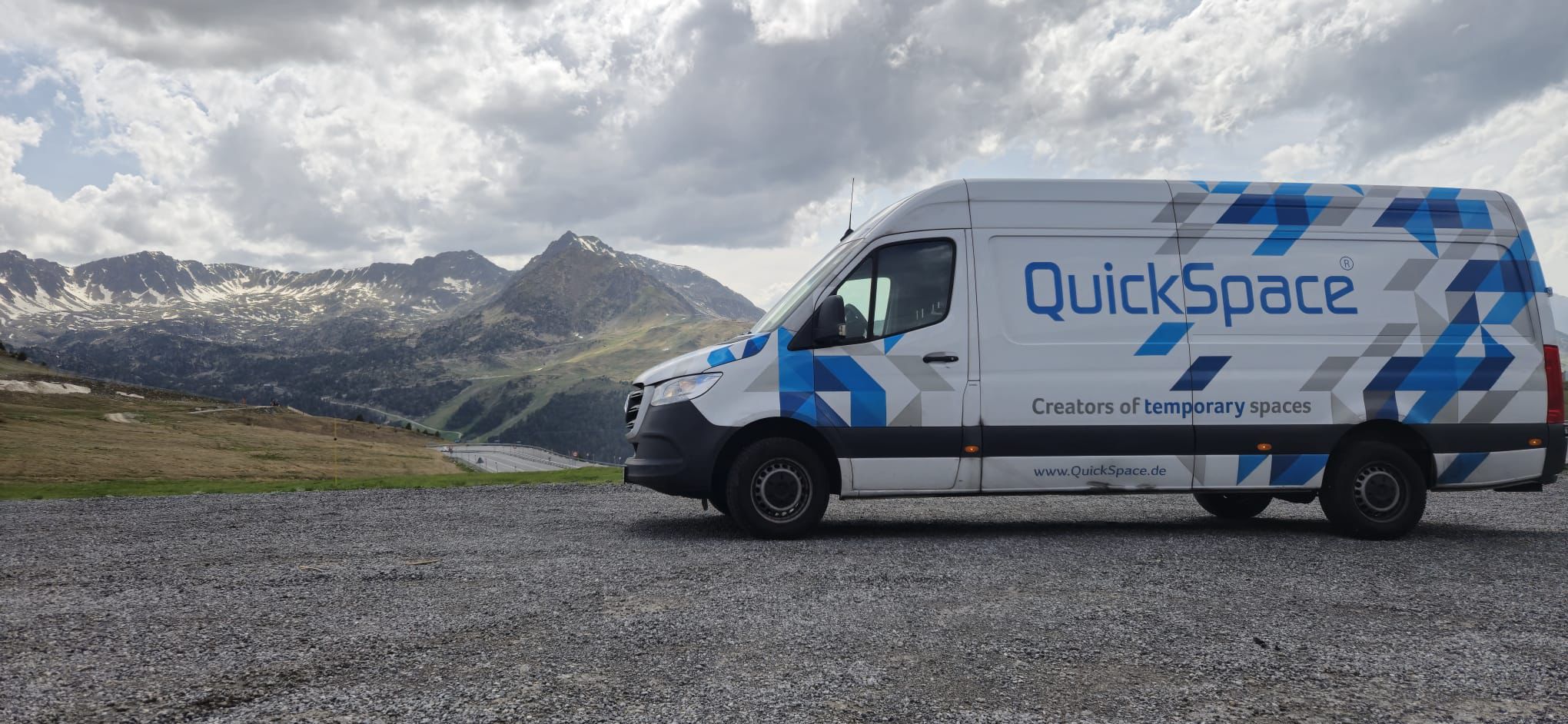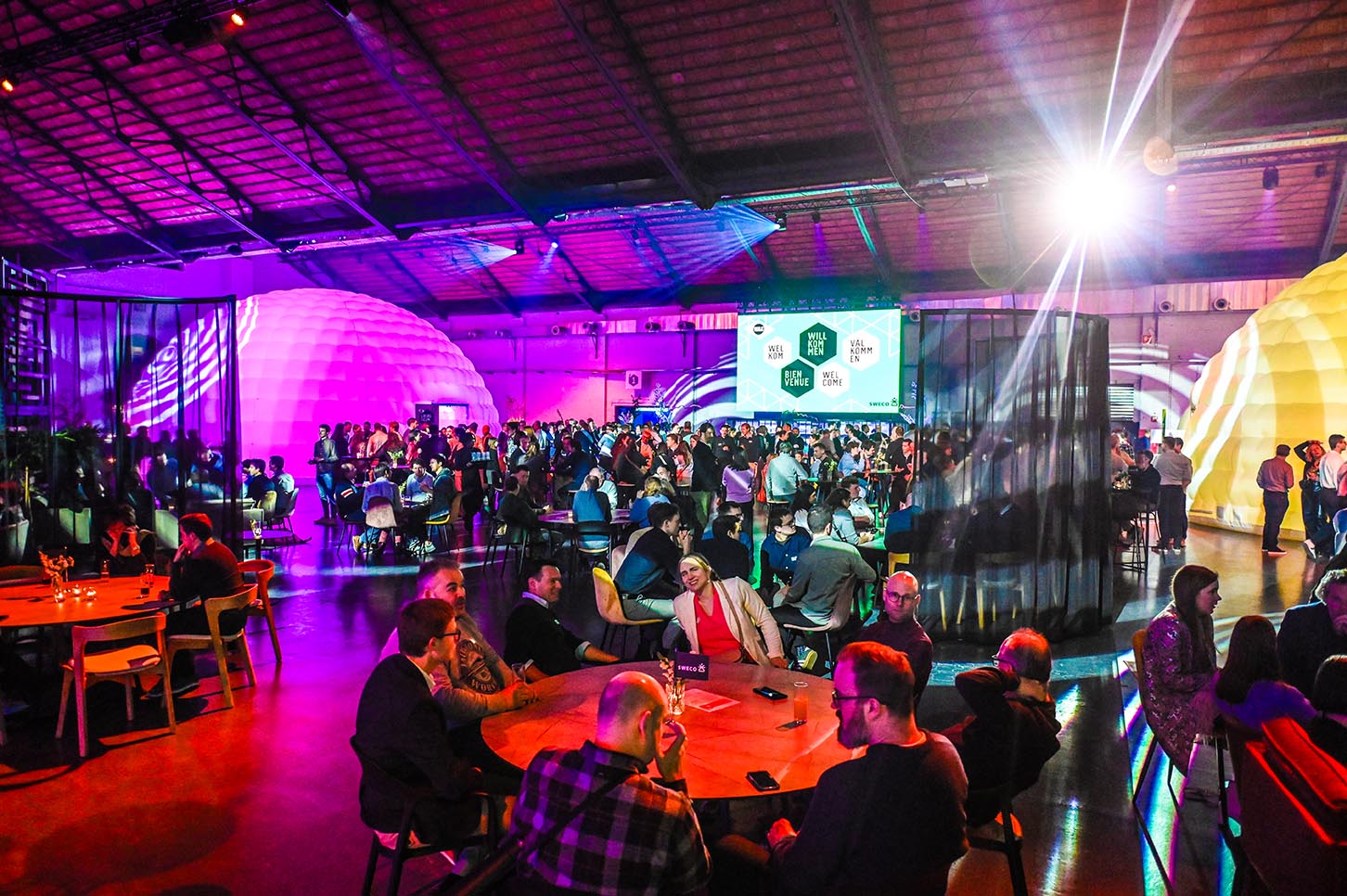3 Common Event Layout Mistakes & How to Fix Them!
Smart event design can make or break attendee experience. Learn how to improve flow, acoustics, and engagement with simple layout fixes.



3 Common Event Layout Mistakes (and How QuickSpace Helps You Fix Them)
Event design is more than just floorplans, it defines how attendees move, connect, and engage.
Too often, layouts are finalized after a few sponsor requests or quick adjustments, without considering attendee behaviour. The result? Missed engagement opportunities and wasted space.
At QuickSpace, we specialise in modular event spaces and acoustic solutions that adapt to changing event needs. Here are the 3 most common event layout mistakes, and how to fix them for better flow, engagement, and ROI.
Mistake 1: Designing for Sponsors, Not for Flow
Placing sponsors near entrances or main walkways seems logical, but data shows these areas aren’t where attendees spend meaningful time. Entrances are transition zones, not engagement hubs.
Better approach: Position sponsor stands near coffee stations, breakout areas, or networking lounges where people naturally pause. QuickSpace’s SkyWalls, Domes, and Curved Walls allow organisers to design flexible zones that balance visibility with real attendee dwell time.
Mistake 2: Assuming Attendees Will Navigate Without Help
Confusing layouts, unclear signage, or dead zones frustrate attendees and reduce engagement. People cluster at decision points, double back, or avoid exploring unfamiliar zones. Event organizers have to make sure that people find their way around easily.
Better approach: Use clear sightlines and modular partitions to guide attendee flow. QuickSpace structures make it easy to create logical pathways, meeting rooms, or session areas that are intuitive to navigate. Supporting wayfinding with acoustic and visual boundaries helps ensure no sponsor or session goes unnoticed.
Mistake 3: Ignoring Natural Energy Peaks and Drop-Offs
Every event has a rhythm. Attendees peak in the morning, dip in the early afternoon, then re-energise later in the day. Layouts that ignore these patterns risk empty breakout rooms and disengaged sessions.
Better approach: Align layouts and programming with attendee energy. For example:
- Place high-value sessions near networking or refreshment areas.
- Cluster breakout sessions to reduce fatigue from long walks.
- Provide spaces where attendees can recharge.
👉 Pro tip: QuickSpace’s modular acoustic domes and cubes are ideal as breakout rooms where participants can rest, work on laptops, or network in peace. These flexible, reusable structures add value while reducing noise and stress on the show floor. Allot of the time domes and cubes also get used as workshop spaces.
What This Looks Like in Practice
Event organisers who optimise layouts with modular event spaces have seen:
- +60% sponsor engagement after repositioning stands near high-dwell areas
- Less congestion and smoother check-in by shifting registration away from main entrances
- Higher session attendance by aligning room placement with attendee energy cycles
These aren’t costly redesigns. They’re smart layout decisions supported by modular, reusable event infrastructure.
The QuickSpace Advantage
At QuickSpace, we provide sustainable, modular, and acoustic event structures that help organisers:
- Adapt floorplans in hours, not days
- Improve attendee flow and experience
- Reduce noise and distractions with acoustic materials
- Lower carbon footprint with reusable, compact transport solutions
✅ Bottom line: The best event layouts are not static. They evolve with your programme, your sponsors, and your attendees. With QuickSpace, you can design spaces that are flexible, sustainable, and acoustically optimised. Making every event more engaging and impactful.
Ook interessant

Transport in the Event Industry: Reducing the Carbon Footprint

AI & Technologie: De stille revolutie in de event-industrie

Innovatieve en duurzame beursstands: Dé event trend in 2025?
Contact

Bellen met
QuickSpace
